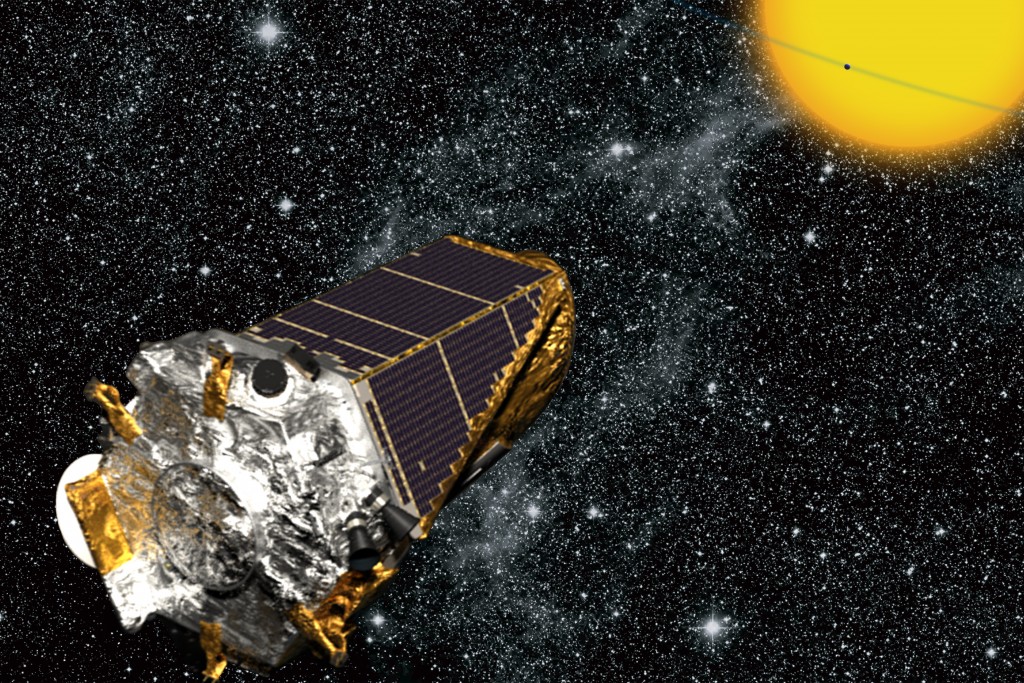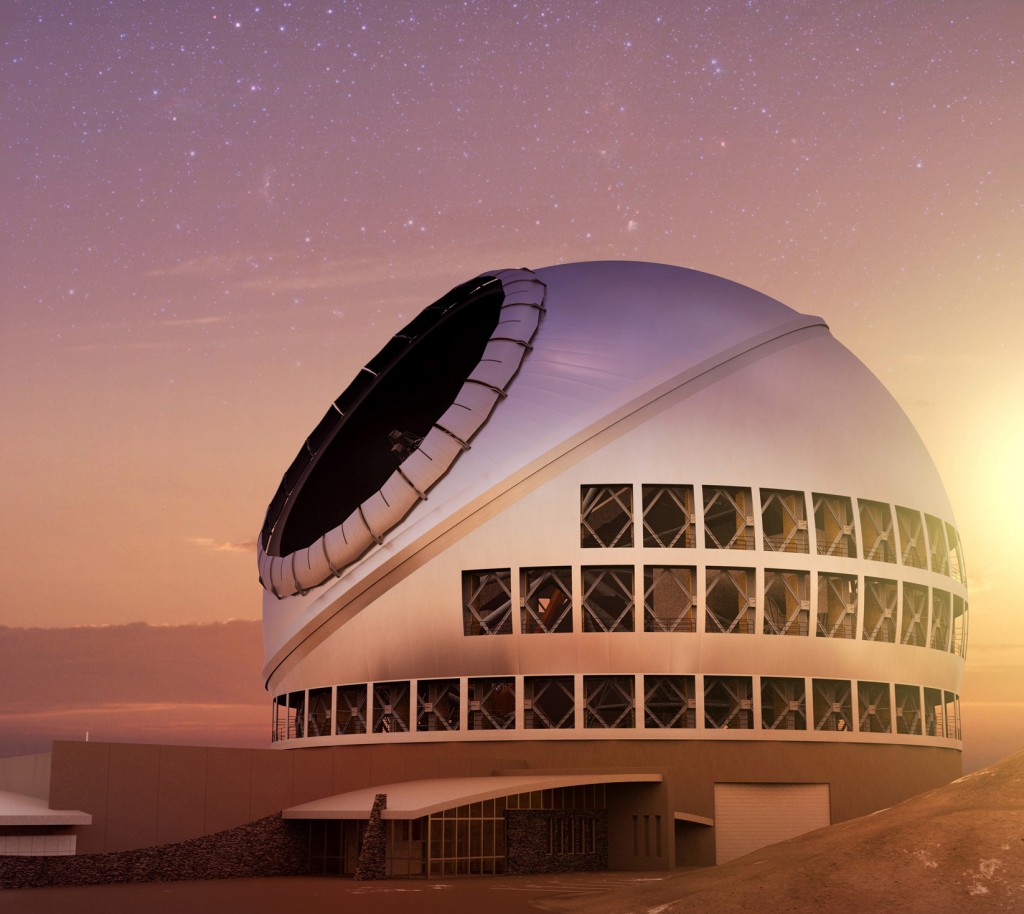I present some novel insights based on first principles, parameterized 1D thermal history, and 3D spherical mantle convection evolution models, which raise doubt concerning many crucial assumptions commonly used in planetary geodynamics and allow for a new view on the thermal and tectonic evolution of rocky planets in our solar system and beyond.
The new approach leads to massive rocky planets (Earth and bigger) remaining hotter for longer and plate tectonics being ideally initiated early on in the first 0.1-1Gyr driven by core cooling and boosted by a dry mantle and a late delivery of oceans. The latter suggests that geodynamically the early Earth might have been in many ways similar to today and connects the origins of plate tectonics to planet formation. For Venus, the high surface temperatures and a lack of surface oceans allow to initiate but not to maintain plate tectonics – suggesting an unstable tectonic configuration.
This evolutionary interior and tectonic framework also opens a door to systematically connect geodynamics to the evolution of metabolic pathways and the origins of life. In this context, I show preliminary results on the time-dependent (and for Mars and Earth local) geodynamic formation of hydrogen and methane rich oases.


